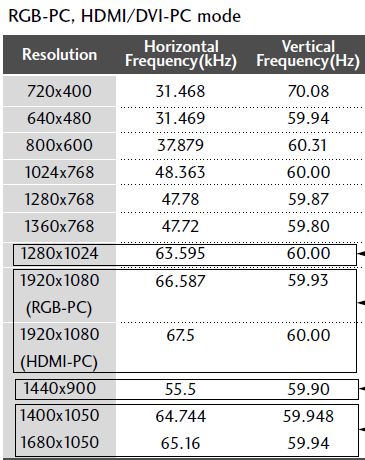Here are the specs of the Indigo2, R4k250, 128Mb, I'm using at lab.
hinv
Code: Select all
Iris Audio Processor: version A2 revision 1.1.0
1 250 MHZ IP22 Processor
FPU: MIPS R4000 Floating Point Coprocessor Revision: 0.0
CPU: MIPS R4400 Processor Chip Revision: 6.0
On-board serial ports: 2
On-board bi-directional parallel port
Data cache size: 16 Kbytes
Instruction cache size: 16 Kbytes
Secondary unified instruction/data cache size: 2 Mbytes on Processor 0
Main memory size: 128 Mbytes
EISA bus: adapter 0
Integral Ethernet: ec0, version 1
Integral SCSI controller 1: Version WD33C93B, revision D
Integral SCSI controller 0: Version WD33C93B, revision D
Disk drive: unit 1 on SCSI controller 0
Graphics board: GU1-Extreme
/usr/gfx/gfxinfo
Code: Select all
Graphics board 0 is "GR2" graphics.
Managed (":0.0") 1280x1024
8 GEs, 2 REs, 24 bitplanes, 4 auxplanes, 4 cidplanes, Z-buffer
GR2 revision 6, VB2.0
HQ2.1 rev A, GE7 rev B, RE3.1 rev A, VC1 rev B, MC rev C
16" monitor
uname -aR
Code: Select all
IRIX ipesg6 6.2 03131015 IP22


 4xR12k 400, 8Gb, IR2E, 2x18+3x73GB HD (oxygen)
4xR12k 400, 8Gb, IR2E, 2x18+3x73GB HD (oxygen)

 R16k 800 V12, 2Gb, M-Audio, 36+147GB HD, 3Dconnexion SpaceMouse Classic (nitrogen)
R16k 800 V12, 2Gb, M-Audio, 36+147GB HD, 3Dconnexion SpaceMouse Classic (nitrogen)
 Dual R14k 600 V6, 2Go, HD (173Go, 34Go) (carbon)
Dual R14k 600 V6, 2Go, HD (173Go, 34Go) (carbon)
 R10k 400 MXE, 1280Mo (lithium) / 2xR10k 300 SSE,... (fluorine)
R10k 400 MXE, 1280Mo (lithium) / 2xR10k 300 SSE,... (fluorine)
 R10k 195, 512Mo (hydrogen) / R5k 180, 512Mo (sodium) / R5k 180->200 motherboard and PM only
R10k 195, 512Mo (hydrogen) / R5k 180, 512Mo (sodium) / R5k 180->200 motherboard and PM only
 R10k 195, HighImpact, 160Mo (helium) / R4400 125, Extreme, 160Mo (boron)
R10k 195, HighImpact, 160Mo (helium) / R4400 125, Extreme, 160Mo (boron)

 R4k 100, 80Mo, LG1, 9GB HD, Python 25601 tape (magnesium])
R4k 100, 80Mo, LG1, 9GB HD, Python 25601 tape (magnesium])
 4D70GT... my very first one (now property of
4D70GT... my very first one (now property of
 : aluminium (R5k180)
: aluminium (R5k180)
 4D70GT : my very first one (now property of
4D70GT : my very first one (now property of
 . So, I've used foetz's one and modified it to include some options one could find usefull and - that's the most important part in my point of view - many comments to help beginners understand faster what the script does and geeks remember how to do it. I hope we'll all find here a reference for performing this cloning procedure.
. So, I've used foetz's one and modified it to include some options one could find usefull and - that's the most important part in my point of view - many comments to help beginners understand faster what the script does and geeks remember how to do it. I hope we'll all find here a reference for performing this cloning procedure.
 )
)



